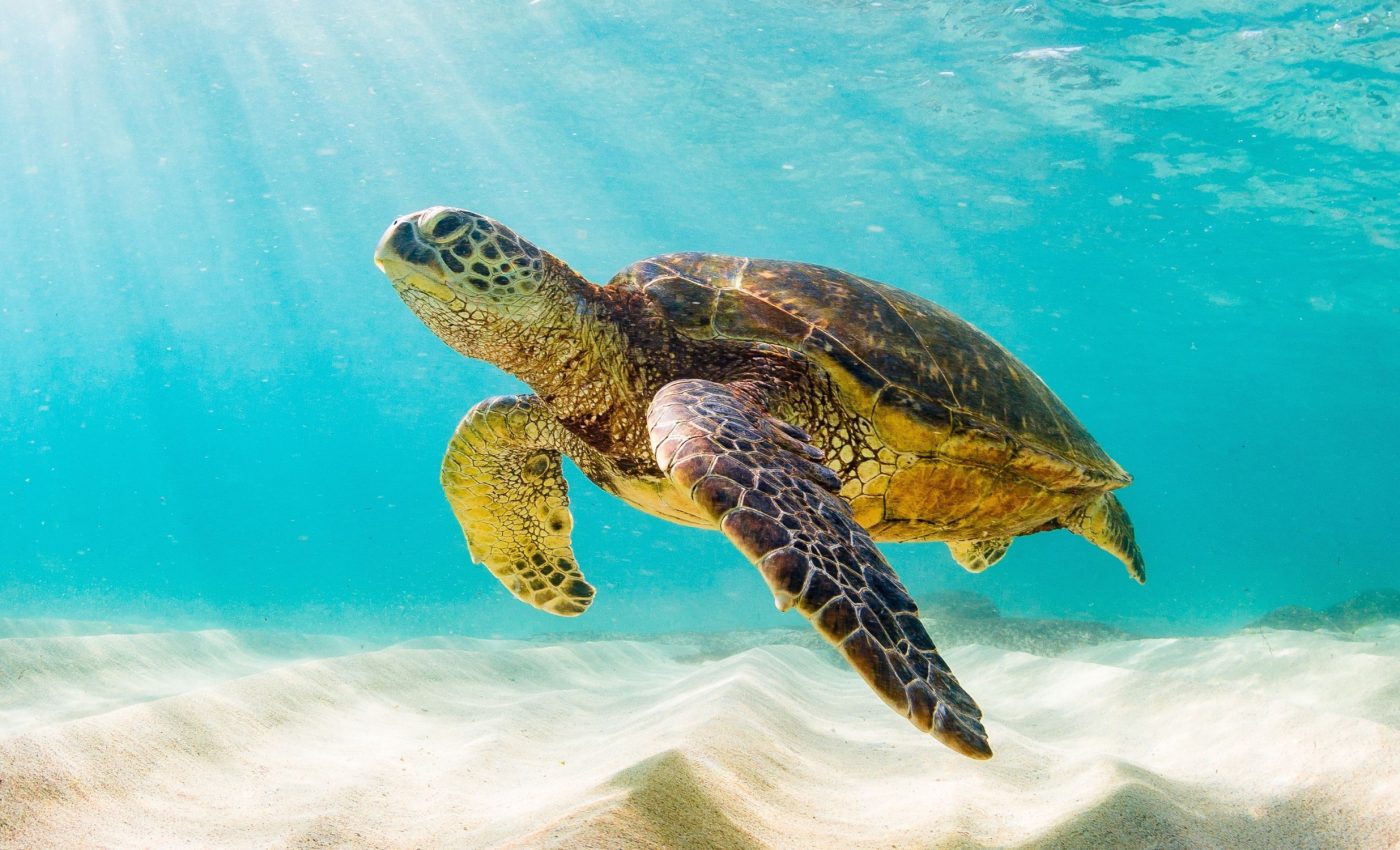
Beating the heat: How sea turtles cope with warming waters
For centuries, sea turtles have followed the rhythms of the ocean, returning to the same shores where they were born for nesting and to lay their eggs. These ancient creatures, some of which have existed since the time of the dinosaurs, have always relied on nature’s consistency.
But now, the climate is changing faster than ever, and the turtles must adapt – or risk losing entire generations.
New research offers a glimpse into how these resilient animals are responding. Scientists monitoring green and loggerhead turtles in Cyprus have observed a remarkable shift. These turtles are nesting earlier each year, a subtle yet crucial adjustment that could determine the future of their species.
Shift in turtles nesting patterns
Temperature plays a crucial role in determining the survival and sex ratio of sea turtle hatchlings. Unlike mammals, sea turtles do not have genetically predetermined sexes at birth.
Instead, the temperature of the sand where the eggs are incubated decides whether more males or females will hatch. Warmer sand results in a higher number of female hatchlings, while cooler sand leads to more males.
However, when temperatures rise too much, it can become too hot for the eggs to develop properly, leading to fewer hatchlings surviving.
Another important factor in turtle reproduction is “natal philopatry,” a behavior where turtles return to the same beach where they hatched to lay their own eggs. This strong instinct means they may struggle to find new nesting sites even if their birthplace becomes too warm for successful hatching.
A research team from the University of Exeter and the Society for the Protection of Turtles studied nesting patterns over three decades. Their data suggests that if temperatures keep rising at the current rate, loggerhead turtles could face severe reproductive challenges by 2100.
Without adapting their nesting schedule and laying eggs earlier in the season, they may struggle to produce enough viable offspring to sustain their population.
Temperature’s impact on turtle nesting
Researchers placed temperature loggers in nests while females were laying eggs. They later retrieved them after the hatchlings emerged. The data indicated that turtles need to adjust their nesting by 0.5 days per year to maintain the current sex ratio and by 0.7 days per year to prevent egg failures.
Fortunately, loggerhead turtles seem to be adapting. The study shows they have already been nesting 0.78 days earlier per year since 1993. This shift has helped maintain hatching success, at least for now.
“This is a bit of good news, as we’ve shown that these turtles are responding to the elevated temperatures brought about by climate change by shifting to cooler months to nest,“ Professor Annette Broderick explained.
“There is no guarantee that they carry on doing this though – it’s very much dependent on how much the temperature rises, and also what they are eating. If the timing of production in terms of where their food’s coming from shifts, then they could start to be disconnected ecologically between where they forage and where they breed.”
Adjusting the nesting schedule
The research team also examined over 600 green turtles nesting at a beach in North Cyprus. Their study aimed to understand what determines when these turtles start laying eggs each year.
The findings revealed that individual turtles adjust their nesting schedule based on sea temperature.
For every 1°C rise in ocean temperature, they nested 6.47 days earlier. Temperature alone accounted for about 30% of this advancement. More experienced females and those laying multiple clutches also nested earlier.
“To know if the advancement we see now will continue into the future, it is crucial to understand the combined effects of changes in, for example, the age structure of the population, and how individual turtles respond to environmental change,” noted lead author Mollie Rickwood.
Future challenges for turtle populations
While turtles are currently adapting to temperature changes, long-term survival remains uncertain. Cyprus may eventually become too warm for nesting, though cooler locations in the Mediterranean might provide alternative sites.
“Although our turtles appear to be coping with current rising temperatures, it is unclear how long they may be able to do this before conditions in Cyprus are no longer suitable, but cooler locations in the Mediterranean may become available for them to nest,” said Dr. Damla Beton from the Society for the Protection of Turtles.
The findings were published in Endangered Species Research and Proceedings of the Royal Society B.
—–
Like what you read? Subscribe to our newsletter for engaging articles, exclusive content, and the latest updates.
Check us out on EarthSnap, a free app brought to you by Eric Ralls and Earth.com.
—–













